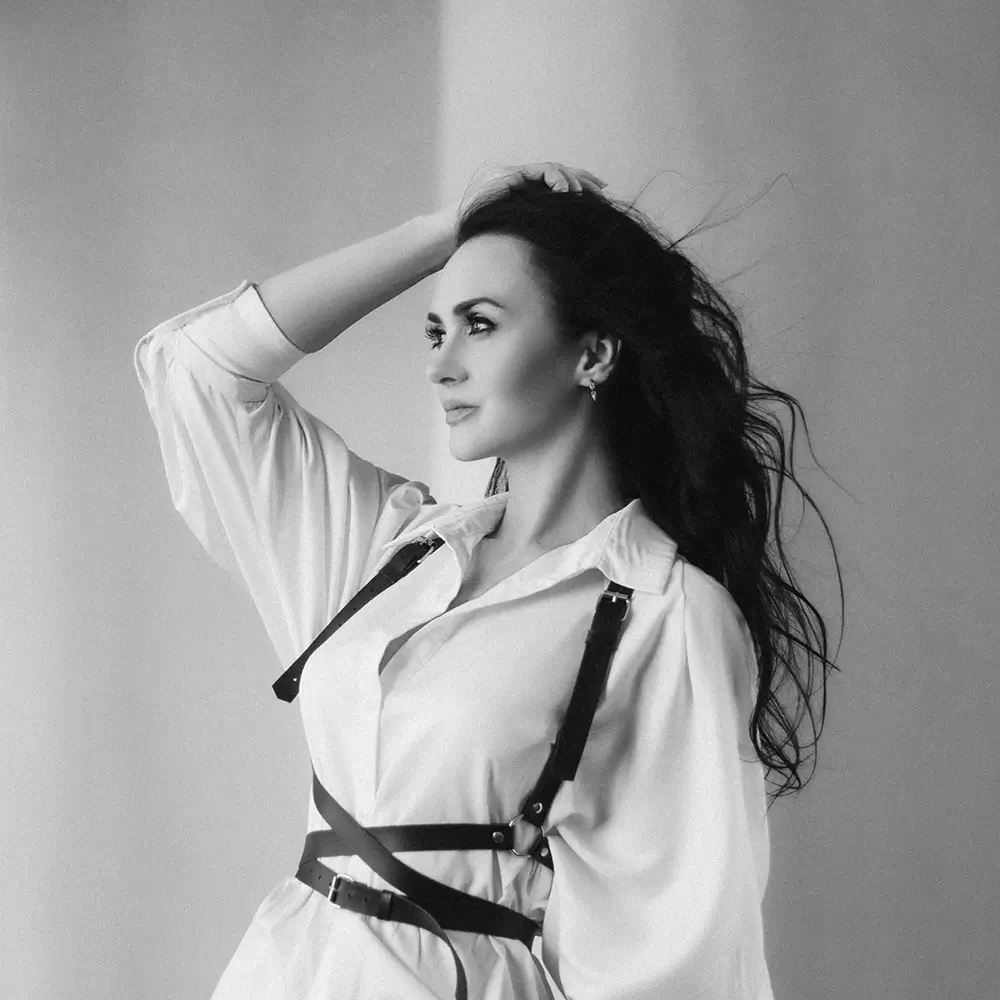Oksana Omelchuk is a Kyiv-based visual artist and fine-art photographer whose practice moves between photography, scanography, and digital art.
Her journey began with fine art: she studied painting, drawing, sculpture, and applied arts for six years at an art school before pursuing a degree in economics. Photography came later, almost by accident: she first appeared in front of the camera as a model for a friend studying at the Kyiv School of Photography. Curious to learn how to see through the lens herself, she joined the school in 2021, just to take pictures for pleasure. But soon, photography became her main artistic language. She continues her studies at Form, an international educational platform for photographic education, based in France.
Through experimentation, she discovered that her true signature lies in drawing: in the imaginative world she had as a child, now translated into contemporary visual form. Her works are not about the moment, but about emotion - each object, whether a flower, an X-ray, or a fragment of furniture, becomes a character carrying a feeling.
Oksana creates intuitively, following emotion more than perfection, balancing analysis and spontaneity. Her process is like opening a piano lid before improvisation: uncertain, yet full of discovery. Inspired by music and Renaissance painting, she builds delicate color harmonies that reflect both control and freedom.
Her recurring themes explore the anatomy of feelings and the dreamlike dialogue between tenderness and strength.
Statement:
Art has been part of my life for as long as I can remember. What began with painting in childhood has evolved into a visual language that moves between photography and digital art.
I am drawn to the moment where reality dissolves into imagination. Instead of brushes, I use light, scans, and digital tools - painting emotions rather than objects, reinterpreting the visible world through the colors of my inner states.
My process is intuitive, experimental, and deeply emotional. I often begin with a photograph and then layer it with digital textures, hand-drawn traces, or scanned materials, allowing the image to transform organically: from documentation into a state of feeling.
I explore memory, transformation, and perception - how fragility and strength coexist in a single gesture. For me, art is a quiet dialogue with the world: a way to speak without words, to hold tenderness and truth in the same breath.
